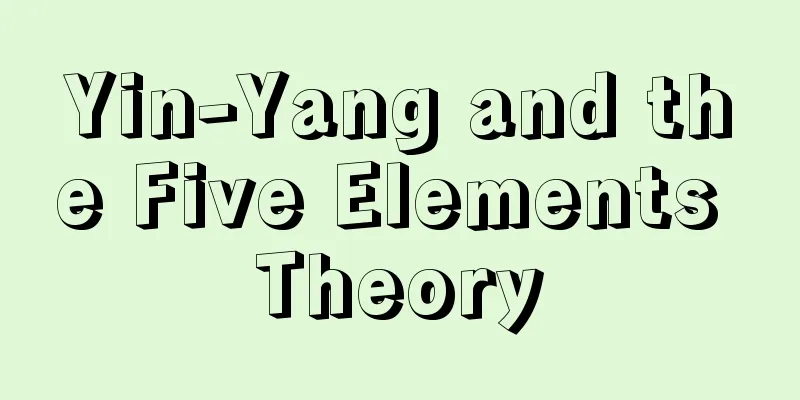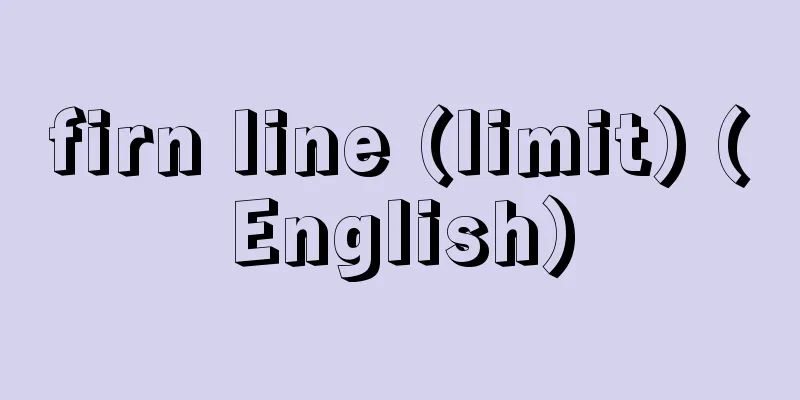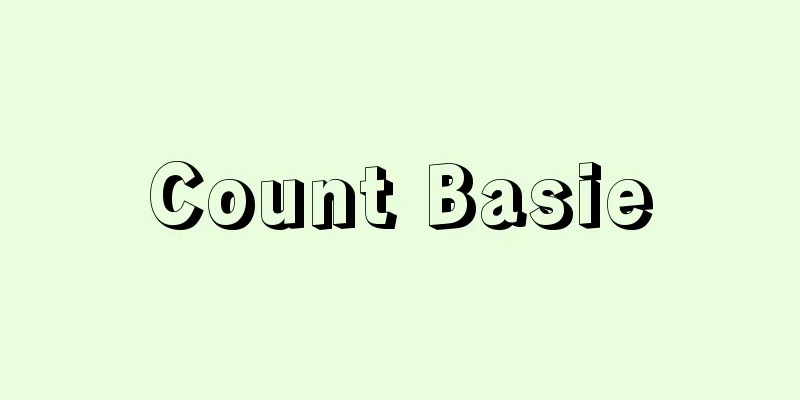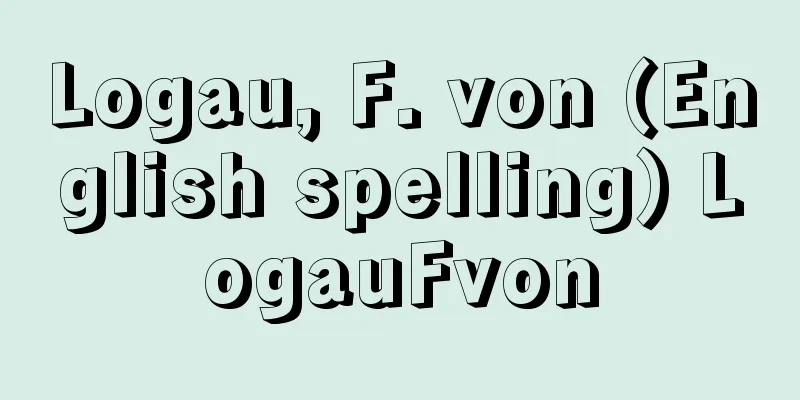Yin-Yang and the Five Elements Theory

|
One of the ancient Chinese worldviews. The theory of Yin and Yang and the theory of the five elements were separate philosophies with different origins, but after the end of the Warring States period they merged to become the theory of Yin and Yang and the five elements, which had a great influence on the intellectual world, especially during the Han dynasty. The theory of Yin and Yang explains the creation and transformation of all things through the waxing and waning of the two energies of Yin and Yang, which was adopted by the Book of Changes and became its basic principle, with Yin and Yang originally referring to the shade and sunshine of the mountains. The Book of Changes originally explained the creation and transformation of things through a combination of hardness and softness, but later Yin and Yang was adopted in place of hardness and softness, and the idea of circulation was added. This was probably invented based on the movement of celestial bodies and the passage of the seasons. On the other hand, the theory of the five elements is based on the idea of the five elements necessary for the lives of ancient people, that is, the five elements for civil use. It starts with water and fire, which are directly related to life, then wood and metal, and ends with earth, which is the foundation of them. This sequence of water, fire, wood, metal, and earth appears in the "Hong Fan" chapter of the Book of Documents, and is called the five elements of generation. In contrast to this five elements theory, Zou Yan, an Yin-Yang scholar in the mid-Warring States period, advocated earth, wood, metal, fire, and water, which is a theory of the five virtues of the five elements of mutual victory (mutual destruction) that what comes later overcomes what comes before. In addition, the "Monthly Orders" chapter of the Book of Rites, which is related to the study of astronomy, calendars, and numerology, describes the sequence of wood, fire, earth, metal, and water, based on the concept of the four seasons and the four directions, that is, the five elements of mutual generation, which says that what comes before gives birth to what comes after, and many allocations are made. The "gyo" in the Gogyo system means "circulate," which means to spread or move, and "go" means a form of thinking carried out in many directions, such as the five stars, five colors, five tastes, and five tones. This is said to have come from the number of fingers on one hand, and is a standard that represents one unity ( ). The Yin Yang and the Five Elements were linked to the Ten Heavenly Stems, the Twelve Earthly Branches, the Sixty-Four Hexagrams, and the numbers 1 Heaven, 2 Earth, etc., and influenced and changed with theories of disaster and divination, becoming more and more superstitious and taboo, and later becoming part of folk beliefs. It was also introduced to Japan, where Onmyodo was established. [Shohachi Nakamura] The theory of Yin-Yang and the five elements from the perspective of scientific historyAlthough the theory of Yin-Yang and the Five Elements was a crude method, it was born out of induction from everyday experience and was initially a kind of naive scientific hypothesis for understanding nature and human beings as part of it, comparable to ancient Greek natural science. The ancient Greeks also interpreted nature in terms of two opposing forces, but they also reduced dualism to monism by positing that yin and yang were separated from the Tai Pole, and they also assigned various pairs of objects and concepts, such as heaven and earth, up and down, circles and squares, and odd and even numbers, to yang and yin, and associated things on the same side with each other, which are reminiscent of the theories of Anaximander's Apeiron and the Pythagorean school. However, while the Western concept of opposition is a harsh and incompatible concept, yin and yang are complementary and relative to each other. The theory of the five elements, which is more concrete and has more elements, is more suitable for the various entities and phenomena of the real world that are difficult to explain with the Yin-Yang dualism. Various concepts and objects are classified into several groups, and each is assigned to one of the five elements as shown in (the method of assignment does not necessarily match depending on the literature), and things belonging to the same five elements are made to correspond to each other, and the relationship between things belonging to different five elements is interpreted according to the nature and function of the original five elements. The elements in the ancient Greek theory of the four elements were strongly associated with the basic substances that make up all things, and the modern elemental theory and atomic theory that replaced it were born from the pursuit of such concrete basic substances.In contrast, in the case of the five elements, emphasis was placed on the properties and functions, and only abstract, metaphysical discussions were held, which may be one of the reasons why the modern view of matter did not emerge. In Western medicine, there was the theory of the four humors, which was thought to have been inspired by the theory of the four elements, but in China, following the theory of yin and yang, the theory of the five elements was introduced to explain medical and physiological phenomena. This is thought to have promoted the penetration of the theory of the five elements into general thought. [Kazuhiko Miyajima] "A Study of the Five Elements Theory and the Lunar Calendar of the Book of Rites" by Shima Kunio (1971, Kiko Shoin)" ▽ "The Great Principles of the Five Elements" by Nakamura Shohachi (1973, Meitoku Publishing) " ▽ "Science and Civilization in China, Volume 2, Intellectual History, Part 1" by J. Needham, translated by Yoshikawa Tadao et al. (1974, Shisosha)" ▽ "The Formation of Chinese Civilization" by Yabuuchi Kiyoshi (1974, Iwanami Shoten)" ▽ "The Theory of Yin and Yang and the Five Elements: Its Origin and Development" by Nemoto Yukio and Nei Yochi (1991, Yakugyo Times)" ▽ "The Five Elements of Yin and Yang Alive in the Modern Age" by Inada Yoshiyuki (2003, Nihon Jitsugyo Publishing) The solid lines represent mutual growth and the dashed lines represent mutual victory . ©Shogakukan The order of mutual generation and mutual victory (diagram) ©Shogakukan "> The relationship between the five elements and directions ©Shogakukan "> Examples of the five elements in the "Lüshi Chunqiu" (partial list) Source: Shogakukan Encyclopedia Nipponica About Encyclopedia Nipponica Information | Legend |
|
古代中国の世界観の一つ。陰陽説と五行説とは、発生を異にする別の思想であったが、戦国末以後、融合して陰陽五行説となり、とくに漢代の思想界に大きな影響を及ぼした。陰陽説とは、陰陽二気の消長により万物の生成変化を説く思想で、これが易(えき)に取り入れられてその基本原理となったが、陰陽は元来、山の日陰(ひかげ)、日向(ひなた)のことをさした。易はもと、剛と柔との組合せで生成変化を説いたが、のち剛柔にかわって陰陽が取り入れられ、これによって循環の思想が加わった。これは天体の運行や四季の推移から考えられたのであろう。 一方、五行説は、古代人の生活に必要な五つの素材、つまり民用五材の思想に基づく説である。生活に直接的な水火に始まり、木金に及び、その基盤をなす土に終わる。この水火木金土の次序は『書経(しょきょう)』の「洪範篇(こうはんへん)」にみえ、生成五行という。この五材説に対し、戦国中期の陰陽家、鄒衍(すうえん)の唱えたのが土木金火水という、後からくるものが前にあるものに勝つという五行相勝(そうしょう)(相剋(そうこく))による五徳終始説である。また、天文暦数の学と関連をもつ『礼記(らいき)』の「月令(がつりょう)篇」には、四時や四方の観念によって木火土金水、すなわち前にあるものから後のものを生ずるとする五行相生(そうせい)の次序が記され、多くの配当がなされている。五行の「行」は「めぐる」で流行、運行することであり、「五」は五星、五色、五味、五声など多方面で行われた一つの思考の型である。これは人の片手の指の数からきたともいわれ、一つのまとまりを表す標準である()。 この陰陽五行は、十干(じっかん)、十二支(じゅうにし)、六十四卦(か)および天一、地二などの数と結び付き、それに災異説や讖緯(しんい)説などと互いに影響しあって変化し、迷信禁忌の色彩を濃くし、その後の民間信仰のなかに入っていった。また、日本にも伝わり陰陽道(おんみょうどう)を成立させた。 [中村璋八] 科学史からみた陰陽五行説陰陽五行説は、未熟な手法ながら、日常経験からの帰納により生まれたもので、当初は、自然やそのなかの存在である人間について理解するための、一種の素朴な科学的仮説でもあり、古代ギリシアの自然学に匹敵するものであった。 二つの対立物による自然の解釈も古代ギリシアでも行われたが、さらに、陰陽が太極から分かれたとして二元論を一元論に還元することや、天地、上下、円と方(四角形)、奇数と偶数など対(つい)をなすさまざまな物や概念をそれぞれ陽と陰に振り分け、同じ側に属するものどうしを互いに対応させる思考様式なども、それぞれ、アナクシマンドロスのアペイロンやピタゴラス学派の説を連想させる。 しかし西洋の対立概念が互いに相いれない厳しい対立であるのに対し、陰陽の場合は互いに相補的・相対的関係をなすものである。 陰陽二元では説明しにくい現実世界の多様な存在や現象に対しては、より具体的でより多くの要素からなる五行説のほうが都合がよい。種々の概念・対象をいくつかずつに分類して、それぞれをのように五行の一つ一つに配当し(配当の仕方は文献によりかならずしも一致しない)、同じ五行に属するものどうしを対応させ、異なる五行に属するものとの関係をもとの五行の性質と機能とにより解釈した。 古代ギリシアの四元素説における元素は万物を構成する基本物質としての色合いが濃く、それにとってかわった近代的な元素説や原子論もそのような具体的な基本物質の追求から生まれたのに対し、五行の場合はむしろ性質や機能の面が重視されるようになり、抽象的・形而上(けいじじょう)学的議論しかなされなくなったことが近代的物質観が生まれなかった一因かもしれない。 西洋医学には四元素説にヒントを得たと思われる四体液説があったが、中国では陰陽説についで五行説が医学・生理学的現象の説明に導入された。これが一般思想への五行説の浸透を促したと考えられる。 [宮島一彦] 『島邦男著『五行思想と禮記月齢の研究』(1971・汲古書院)』▽『中村璋八著『五行大義』(1973・明徳出版社)』▽『J・ニーダム著、吉川忠夫他訳『中国の科学と文明 第2巻 思想史 上』(1974・思索社)』▽『藪内清著『中国文明の形成』(1974・岩波書店)』▽『根本幸夫・根井養智著『陰陽五行説 その発生と展開』(1991・薬業時報社)』▽『稲田義行著『現代に息づく陰陽五行』(2003・日本実業出版社)』 実線は相生、破線は相勝を表す©Shogakukan"> 相生と相勝の順序〔図〕 ©Shogakukan"> 五行と方位との関係 ©Shogakukan"> 『呂氏春秋』における五行配当例(一部)… 出典 小学館 日本大百科全書(ニッポニカ)日本大百科全書(ニッポニカ)について 情報 | 凡例 |
Recommend
Usui [town] - Usui
Kama is a former town in Kaho District, central Fu...
Inukai [Town] - Inukai
An old town in Ono County, occupying the middle re...
Urasa
A district of Minamiuonuma City, Niigata Prefectu...
Capuchin Monkey - Omakizaru
In a broad sense, it is a general term for animal...
Individual heating
...to heat a room. There are individual heating, ...
Karma Meemānsā - Karma Meemānsā
...The hermeneutical and systematic study of the ...
Vairocana Buddha (Vairocana) - Birushanabutsu
The Buddha with the strongest pantheistic color in...
COM (coal) (English spelling)
…After the oil crisis, the trend for a large expa...
recurrentdislocation
...Repeated dislocations may progress to habitual...
Jiang Yuan - Kyougen
…He is said to be the founder of the Zhou dynasty...
"Enyuin's Precept Diary" - Enyuin's Precept Diary
...From the mid-Heian period onwards, the number ...
Kinmark - Kinmark
...In ancient Thailand, there was a custom of spr...
Burzil Pass
A pass in the Pangi Mountains, running southeast f...
John F. Kennedy International Airport
…In particular, in urban airports in Japan, which...
Northwest Orient Airlines
…The airline's code is NW. It is also called ...









